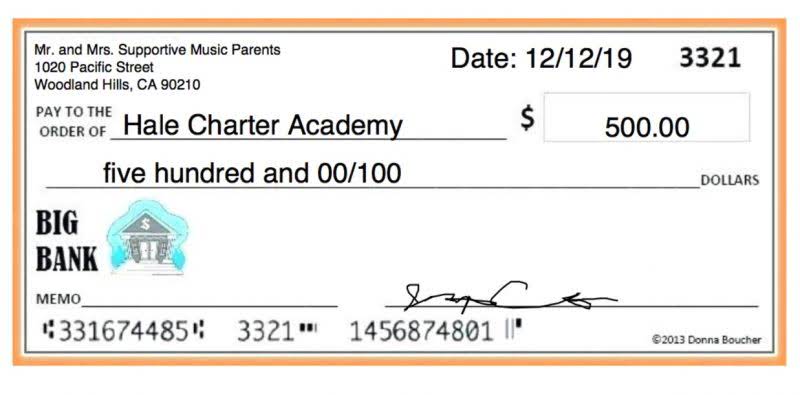
The auditors aim to keep the balances at their adequate levels, but the controller might want to keep them as low as possible to reduce expenses and maximize profit levels. Wanting to spruce up its aging inventory, Show-Fleur purchased new, climate controlled-seats for its fleet, delivering increased comfort for passengers and a cleaner, more modern look for vehicle interiors. The initial cost of this upgrade was $8 thousand per limo or $600,000 in total. Note that if a company believes it may recover a portion of a balance, it can write off a portion of the account. Contra accounts are confusing at first, but, with a little study, understanding them becomes second nature. Let’s go over how they work and what the main types are, and then finish with an example.

Examples of Contra Accounts
A business called Show-Fleur offers private driving tours of local botanical gardens — all from the comfort of high-end limousines. For its day-to-day operations, the business maintains a fleet of 75 identical 2016 Ford Explorer limousines, each initially retailing what is a contra account at $150 thousand. However, these vehicles have experienced significant wear and tear in the intervening years. And currently, Show-Fleur anticipates that it could only sell each one for roughly $50 thousand, meaning the depreciation per vehicle is $100 thousand.
How Does a Contra Account Work in Accounting?
You record the allowance for doubtful accounts by debiting the Bad Debt Expense account and crediting the Allowance for Doubtful Accounts account. You’ll notice the allowance account has a natural credit balance and will increase when credited. Instead, the existence of contra-asset accounts for companies will differ based on a company’s requirements. In the above example, the debit to the contra liability account of $100 lets the company recognize that the bond was sold at a discount. The main advantage of using a contra asset account is to separate this reduction from the asset account with which it is paired. By doing so, you can more clearly see the total amount of the related asset account, which would otherwise have been obscured by the offsetting amount of the reserve.

Example of a contra account
- The accumulated depreciation account is perhaps the most common contra asset account used by business owners.
- Contra liability accounts are mainly used by corporations that issue bonds frequently.
- Companies that issue bonds are likely to use contra liability accounts.
- That is done by crediting accounts receivable by $100 and debiting the contra revenue account sales returns and allowances for $100.
- In order to record this ongoing value drop, you would use a corresponding contra account — an Asset Depreciation account.
- He has been a manager and an auditor with Deloitte, a big 4 accountancy firm, and holds a degree from Loughborough University.
These three types of contra accounts are used to reduce liabilities, equity, and revenue which all have natural credit balances. Therefore, for these three, the debit balance actually represents a negative amount. To illustrate, let’s use the contra asset account Allowance for Doubtful Accounts.
- This balance is used to offset the value of the asset being depreciated, so as of September 1, your $8,000 asset now has a book value of $7,866.67.
- Contra accounts are usually linked to specific accounts on the balance sheet and are reported as subtractions from these accounts.
- By recording reductions in a separate account, companies can get better insights into their actual accounts.
- Learn financial statement modeling, DCF, M&A, LBO, Comps and Excel shortcuts.
- There are two major methods of determining what should be booked into a contra account.
Instead, it is reported at its full amount with an allowance for bad debts listed below it. Maybe more importantly, it shows investors and creditors what percentage of receivables the company is writing off. They are also helpful for keeping the books balanced and creating a clear trail of financial breadcrumbs for historical review and reporting. For instance, it is common to keep the purchase price of a piece of equipment as a historical cost in the debit asset account when it comes to fixed assets. As mentioned, contra asset accounts usually have a negative value which is the same as a credit balance. That is to completely or partially offset the balance of their related asset accounts.
Allowance for Doubtful Accounts Account
Treasury stock represents shares of a company’s own stock that it has repurchased from shareholders but not retired. Instead of increasing assets or decreasing liabilities (as would be typical when spending cash), buying treasury stock reduces shareholders’ equity. Specifically, it is contra to shareholders’ equity because it decreases the total shareholders’ equity on the balance sheet. Regardless of that, allowance for receivables accounts will exist for all companies that have account receivable balances. This account helps companies present a more accurate accounts receivable balance on the financial statements. Similarly, allowance for receivables will pair with accounts receivable balances.

Contra asset accounts include allowance for doubtful accounts and the accumulated depreciation. A business might elect to separately state contra asset accounts on its balance sheet, so that the users of its financial statements can obtain additional information about the contents of these accounts. The most common contra account is the accumulated depreciation account, which offsets the fixed asset account. Taken together, the asset account and contra asset account reveal the net amount of fixed assets still remaining. A contra asset account is not classified as an asset, since it does not represent long-term value, nor is it classified as a liability, since it does not represent a future obligation.
- There can be hidden value in stocks that have a lot of fully depreciated buildings.
- The main contra equity account is treasury stock, which is the balance of all stock repurchased by the company.
- The allowance can accumulate across accounting periods and may be adjusted based on the balance in the account.
- The difference between an asset’s account balance and the contra account balance is known as the book value.
- The debit balance of the asset account and the credit balance of the contra asset account determine the net value of the asset.
- By reflecting both accounts on the balance sheet, analysts can understand both the original price and the total decrease in value of a certain asset over time.
- Contra Liability Account – A contra liability account is a liability that carries a debit balance and decreases other liabilities on the balance sheet.
List of Contra Accounts

